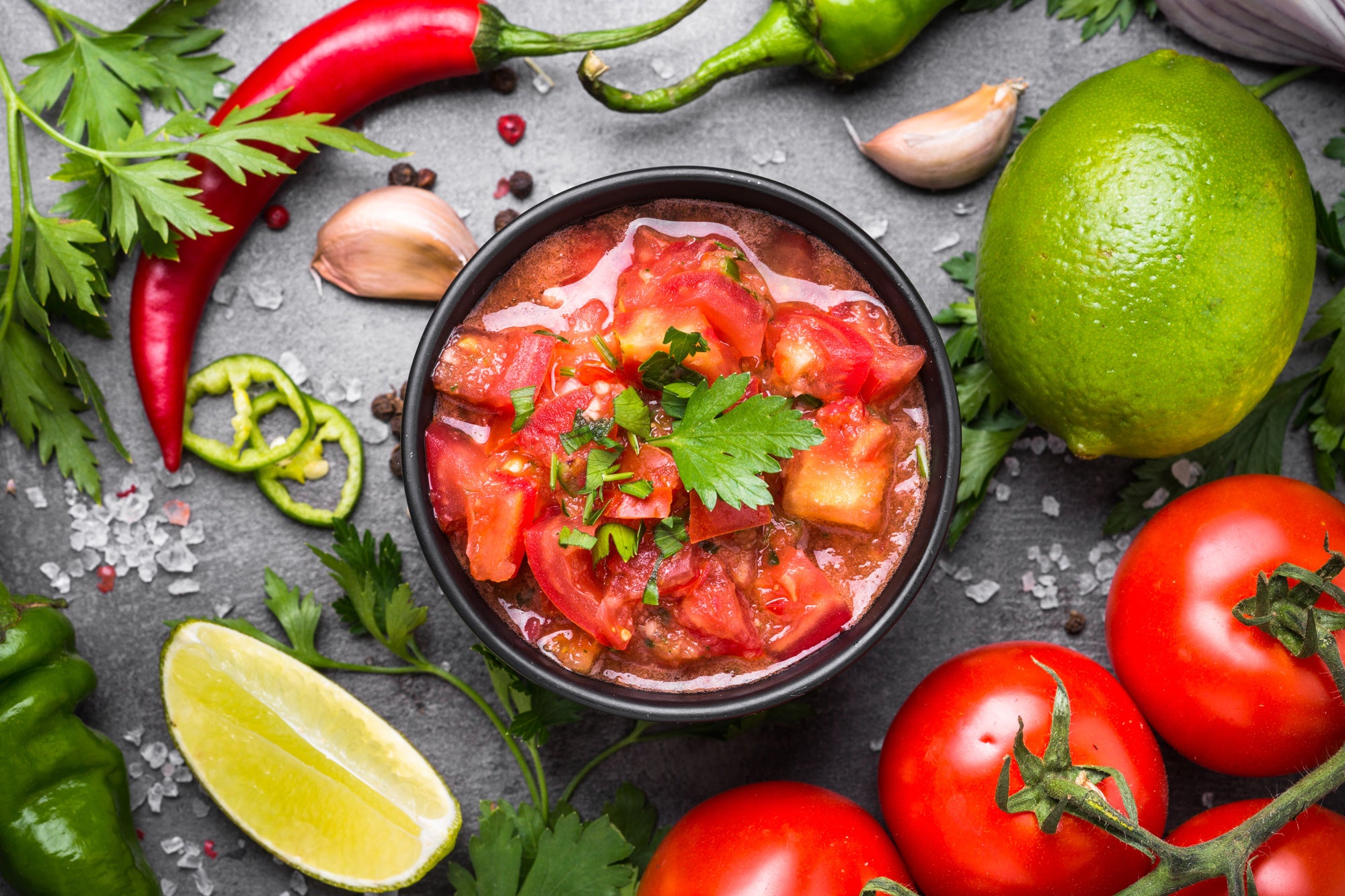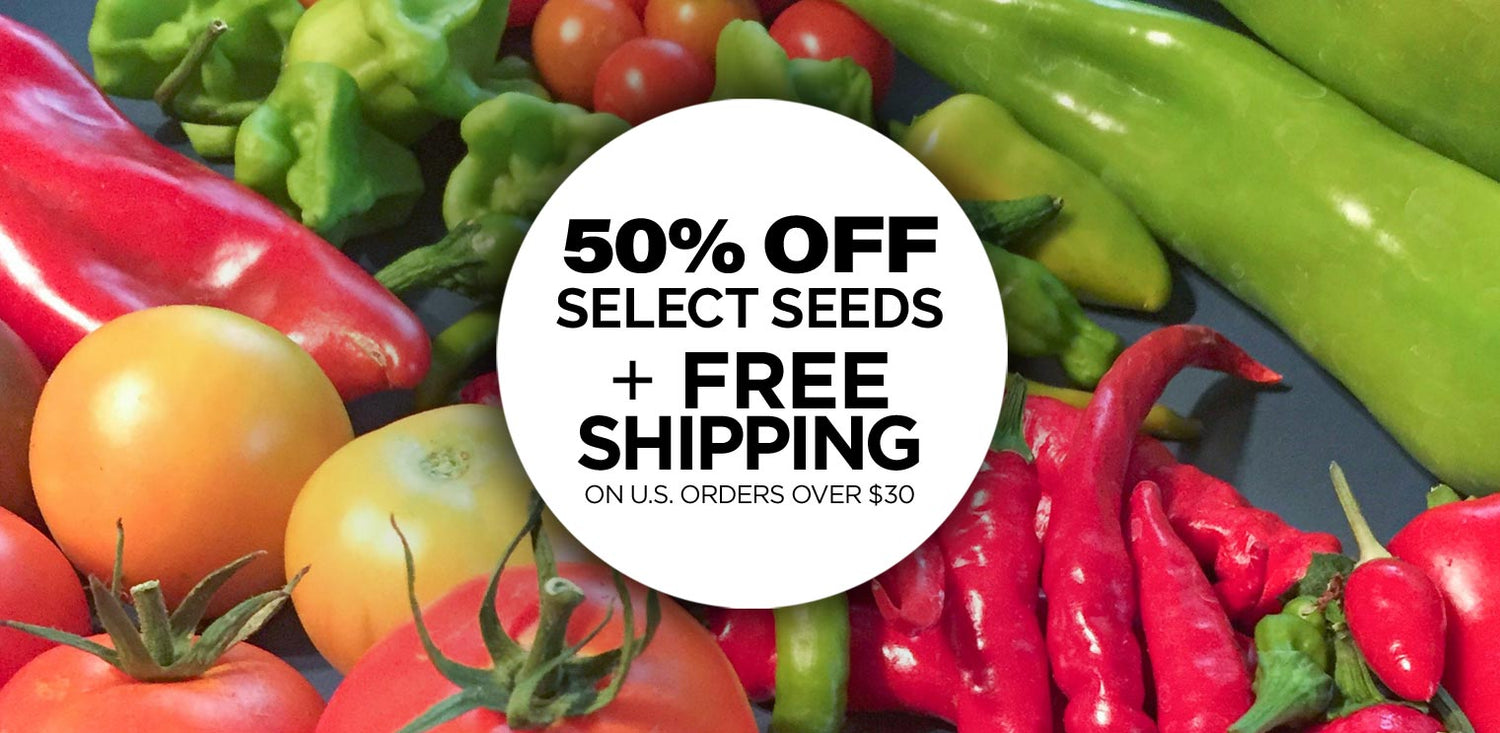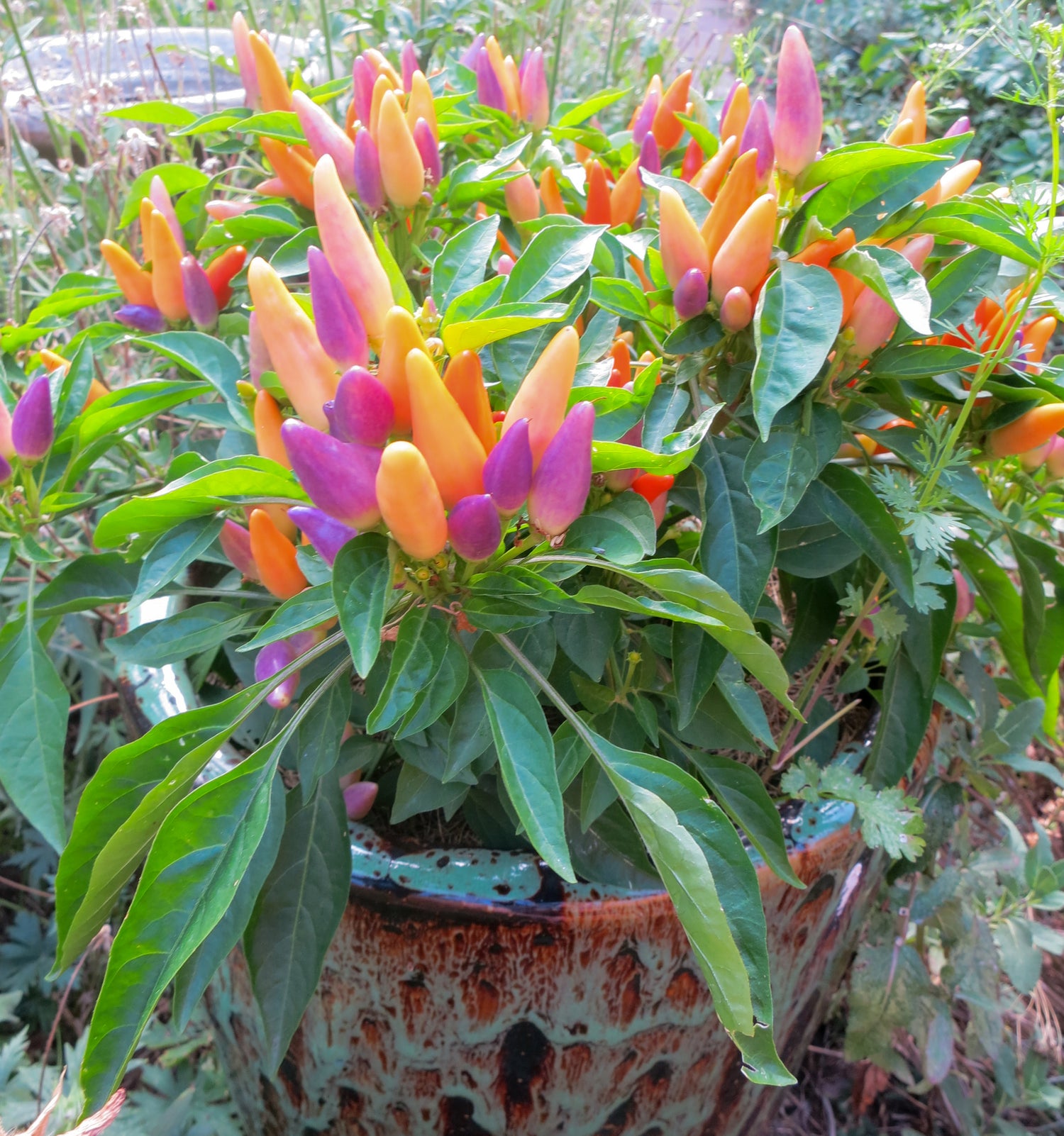
How To Guide for Processing Fresh Green Chiles
Introduction
Many people consider green chile peppers to be a staple of the New Mexican diet, adding flavor and providing an excellent source of fiber and vitamins A and C. The most important step in processing green chile is removing the outer skin, which is necessary before further cooking or canning. The skin is not easy to chew or digest and can affect the texture and appearance of dishes. Proper chilling and storage will prolong the shelf life of chiles and one’s enjoyment of this uniquely New Mexican experience.
Selection
Choose chile that is mature, heavy for its size, smooth, symmetrical, bright green in color, fresh, and crisp. Avoid misshapen pods, shriveled skin, mold, soft spots, and bruises.
Blistering
The tough outer skin must be removed from the chile. Blistering the skin using one of the following methods makes removal easy.
Wash and dry chile. Use a knife to make a small slit in the side to allow steam to escape. Be sure the heat source is very hot. Turn chiles frequently to prevent scorching and ensure even blistering. Once the skins are evenly blistered, remove chiles from heat and spread out on a flat surface in a single layer to cool before peeling. For a crisper product, dip chiles into ice water as they are removed from heat. For more thoroughly cooked chile, place in a pan and cover with a damp towel for a few minutes.
Use one of the following heat sources for blistering chile. Chiles should be roasted for 6–8 minutes, turning occasionally, until the skin blisters and can be easily pulled away from the flesh:
Oven or broiler method—Heat your oven or broiler to 400–450°F (205–230°C). Place chiles on a pan in a single layer.
Stovetop method—Cover a stovetop burner with a layer of heavy wire mesh. Place chiles on the hot electric or gas burner.
Outdoor grill method—Place chiles on a charcoal grill about 5–6 inches above glowing coals, or in a gas grill heated to 400–450°F (205–230°C).
Microwave oven method—Place chiles in a microwave-safe dish; cover with a secure, air-tight lid to allow for steam buildup. Place container on a rotating plate in the center of the oven, then microwave for 7–8 minutes depending the oven wattage and power level (settings may vary depending on your microwave). Blistering is not apparent with this method. However, the skin will have a tougher, more brittle texture compared to the raw chile. Allow steam to fully develop in the covered container for 1–2 minutes after microwave cooking. Caution: Steam will be released from the container when the lid is opened.
Peeling After Blistering
Handling spicy, pungent chile can burn your hands and eyes. Protect hands with a thin layer of solid fat or by wearing rubber gloves. Keep hands away from eyes while working with chile. Wash hands before and after going to the bathroom and before touching other people, such as picking up a baby. If hands are burned by chile, place them in regular vinegar to ease the stinging sensation.
To make peeling easier, place roasted chiles in a microwave-safe or heat-safe covered container or food-grade plastic bag that will trap steam released by the chiles. Once cooled, the blistered skin will pull off the chile flesh with a gentle tug and an occasional rinse with water. In areas that did not completely blister, the skin can be removed by scraping with a sharp knife or vegetable peeler.
Storing Chiles Safely
Roasted chile peppers are typically frozen for storage, and must be properly chilled and frozen to ensure a high-quality, safe product. Roasted, peeled chiles should be refrigerated within 2 hours of roasting. Whole chiles can be frozen unpeeled and are easier to peel after freezing. Once stored in the refrigerator, roasted chiles must be used or frozen within 3 days; however, the sooner you can freeze them the better because this ensures the best flavor and texture.
Packaged chiles should be completely cooled in an ice bath or refrigerator to less than 40°F before freezing. If chiles are placed in the freezer while still warm and freeze slowly, bacteria may grow and become dormant during storage. When the chiles thaw, the bacteria can revive and cause illness.
Home freezers cannot efficiently and quickly remove heat from food placed in containers deeper than 2 inches. If storage packages are too large, chiles will freeze slowly, resulting in a mushy texture as ice crystals form in the chile flesh. Therefore, it is best to use shallow containers to allow for quick cooling; specialized plastic freezer containers with lids or plastic freezer bags are best. Remove as much air as possible to reduce the amount of surface crystallization that can form in air spaces during freezer storage. Containers or bags should be stacked flat in the freezer, allowing for maximum airflow around packages. Chiles can be stored safely in the freezer for up to 12 months.
Commercial Chile Roasting Precautions
Commercial roasters are a convenient and economical way to handle large volumes of chile. Some vendors use garbage bags to hold roasted chiles. However, this practice is dangerous because plastic polymers and chemicals such as pesticides embedded in the plastic can be released into the chiles when the bag is exposed to heat from the chiles.
Therefore, it is best to use a food-safe container such as a large roasting pan or pillowcase to collect roasted chiles, then transport them to your home in a chilled ice chest. Transfer into smaller containers as soon as possible. Freeze or refrigerate packaged, roasted chiles within 2 hours of roasting.
Guide E-324Revised by Nancy C. Flores and Cindy Schlenker Davies
College of Agricultural, Consumer and Environmental Sciences, New Mexico State University




















